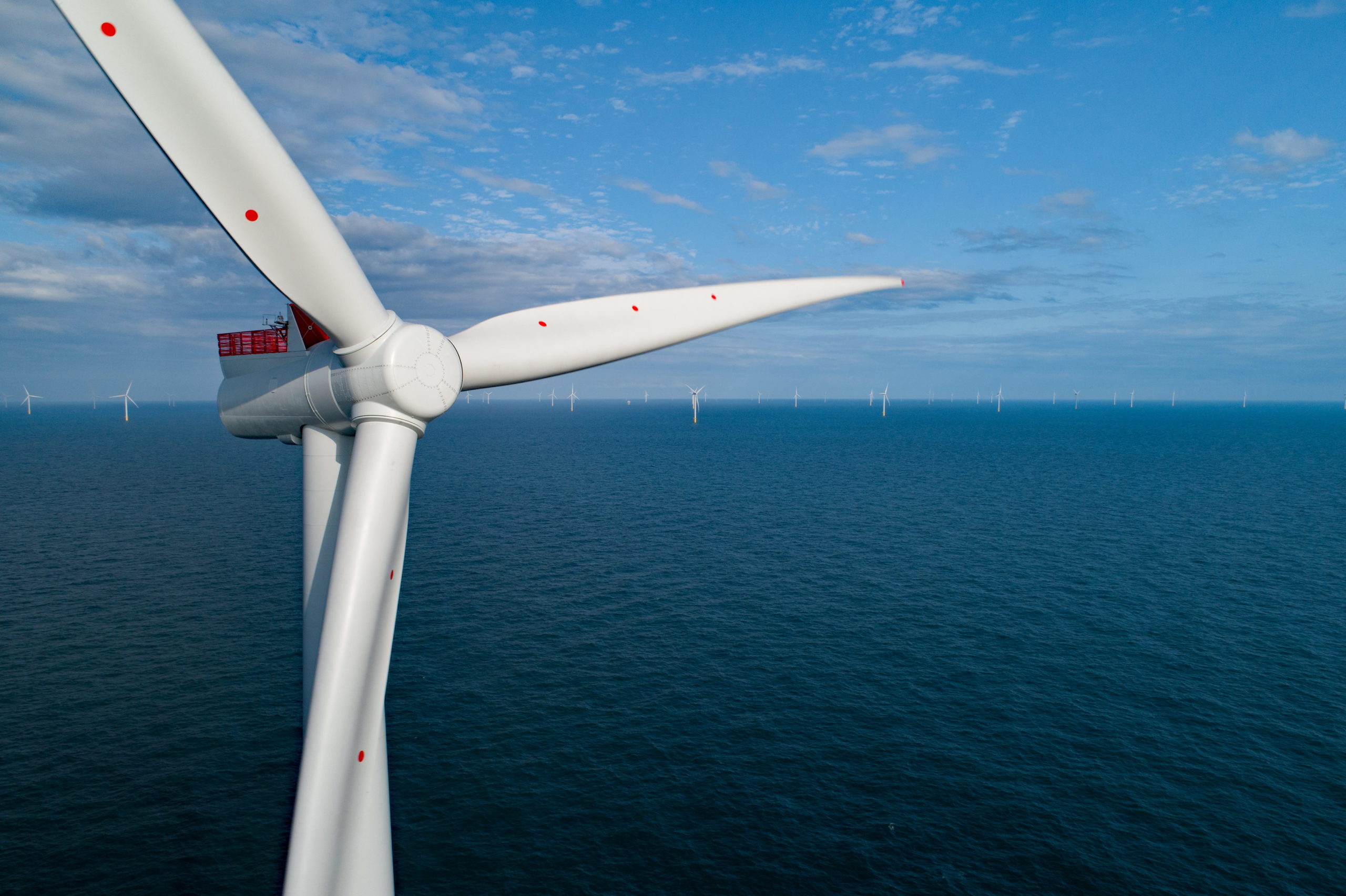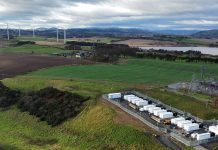Engineering multinational Siemens Gamesa says its next generation of turbine towers will be built from steel with a 63% lower carbon footprint than before. At 120 metres and taller, the manufacturer says the giant structures’ strength, longevity and other in-service characteristics will be unaffected.
RWE’s 1GW Thor farm now under construction off the coast of Denmark will next year host 36 of the combine’s new Greener Tower structures, based on its existing SG 14-236 DD design.
Until now the steel used in tower construction has accounted around a third of a turbine’s lifetime carbon emissions. But new production methods employed by the multinational’s suppliers have cut associated emissions to 0.7 tonnes of CO2 equivalent per tonne for steel.
Salzgitter Steel, the fabricator’s chosen supplier, says it has achieved the cuts through a combination of recycling scrap, employing an electric arc itself fired with renewable offshore wind power, and other advanced processes.
Around 80% of a turbine tower consists of steel. They dwarf a turbine’s blades in terms of construction volume, with latest site-specific hub heights accommodating blade diameters of up to 236 metres.
“Wind power is one of the cornerstones of the green energy transition”, said Maximilian Schnippering, head of sustainability at Siemens Gamesa. “With more than 600 GW of new capacity to be installed worldwide in the next five years, it is important for the wind industry to reduce its carbon footprint”,.
“Our project to address emissions with greener steel is one solution”, he went on. “With the launch of the GreenerTower, Siemens Gamesa leads the efforts to further push wind circularity and net-zero emissions”.
Siemens Gamesa says it has installed 130 GW of turbines worldwide.





The steam electrolysis supplier Sunfire https://www.sunfire.de/en/ is supplying the Saltzgitter steel works to produce hydrogen using waste steam that reduces the amount of electricity to split the water molecule. The world should use waste steam for high temperature electrolysis to reduce the cost of hydrogen.